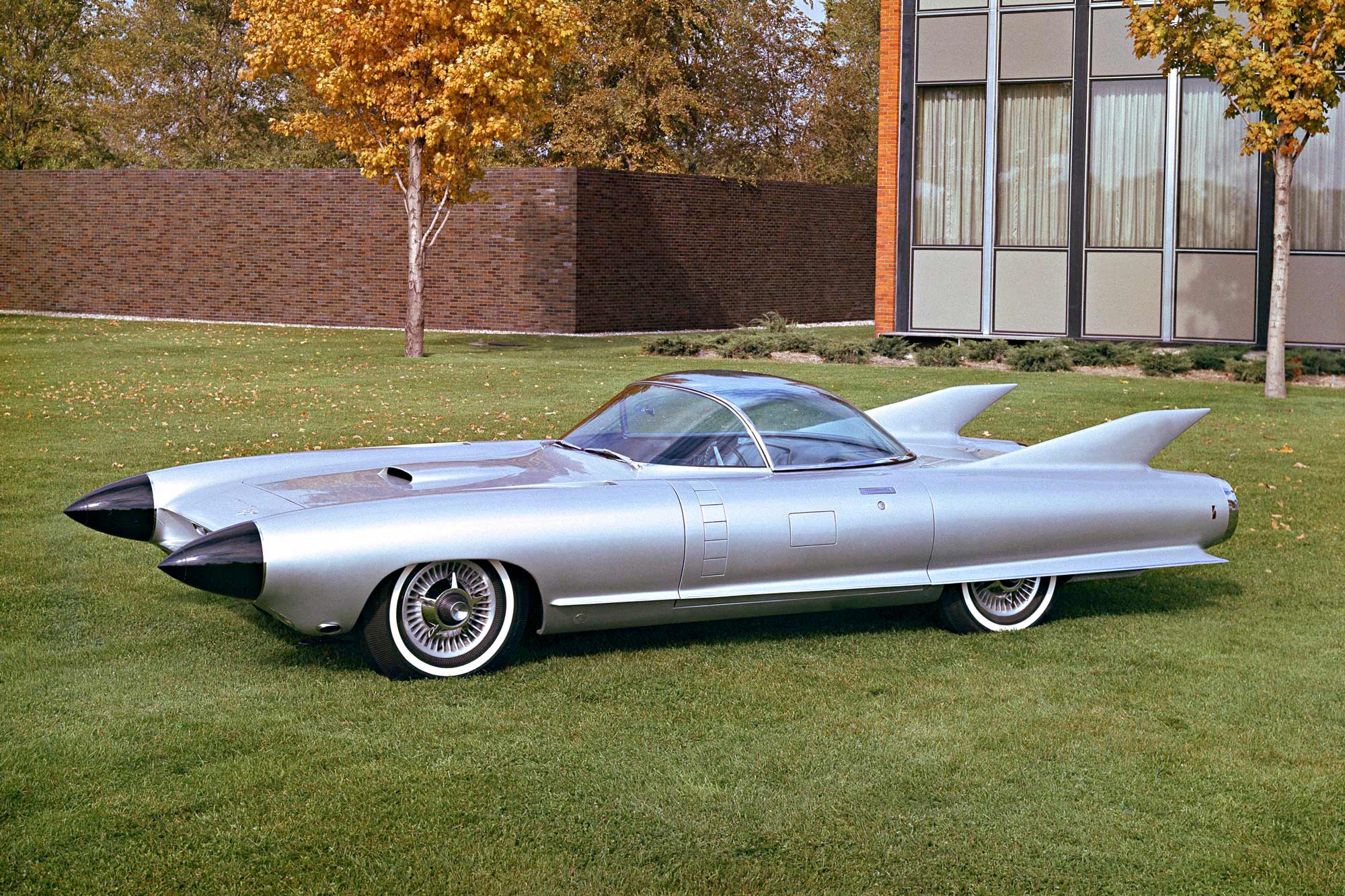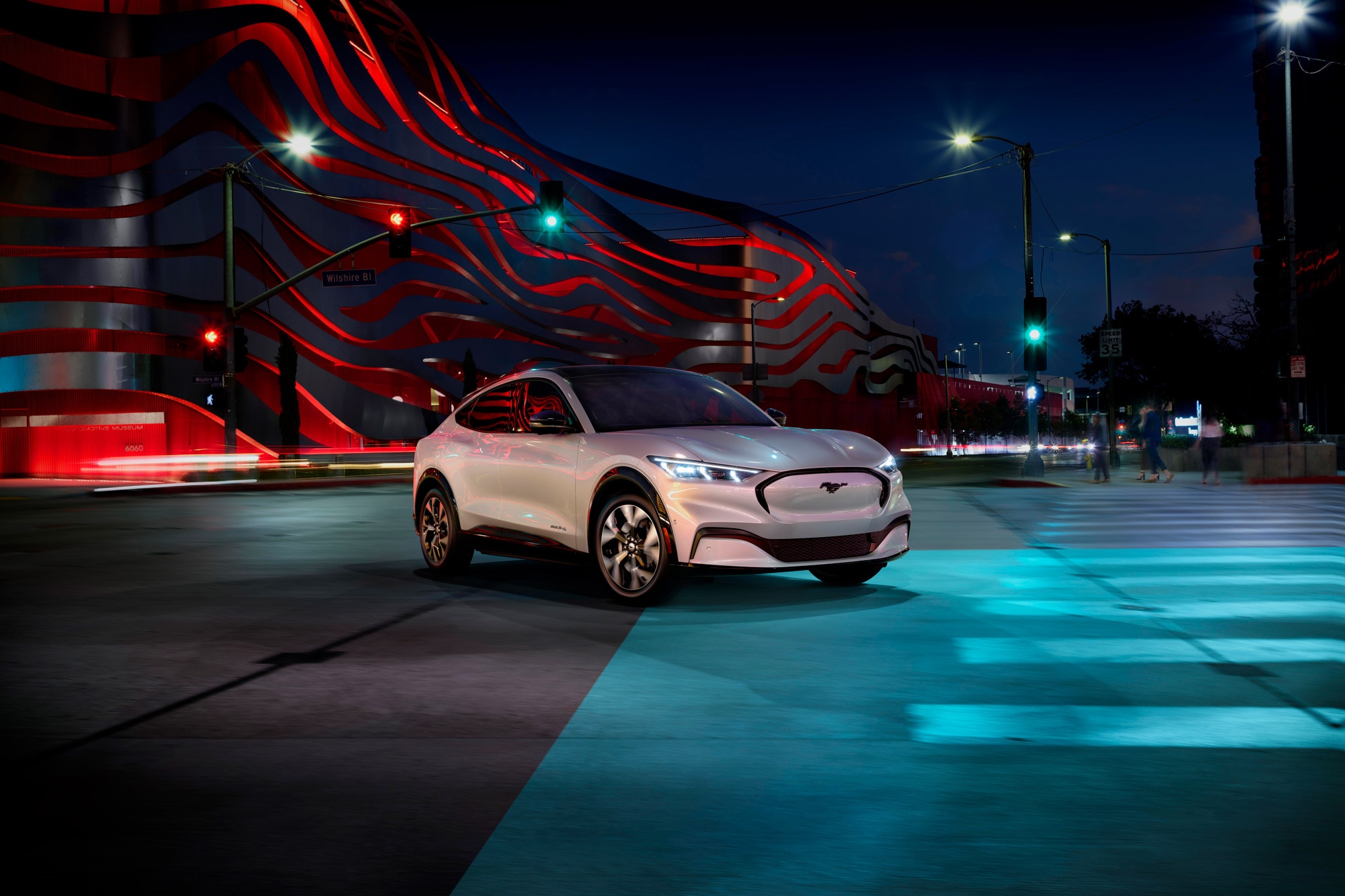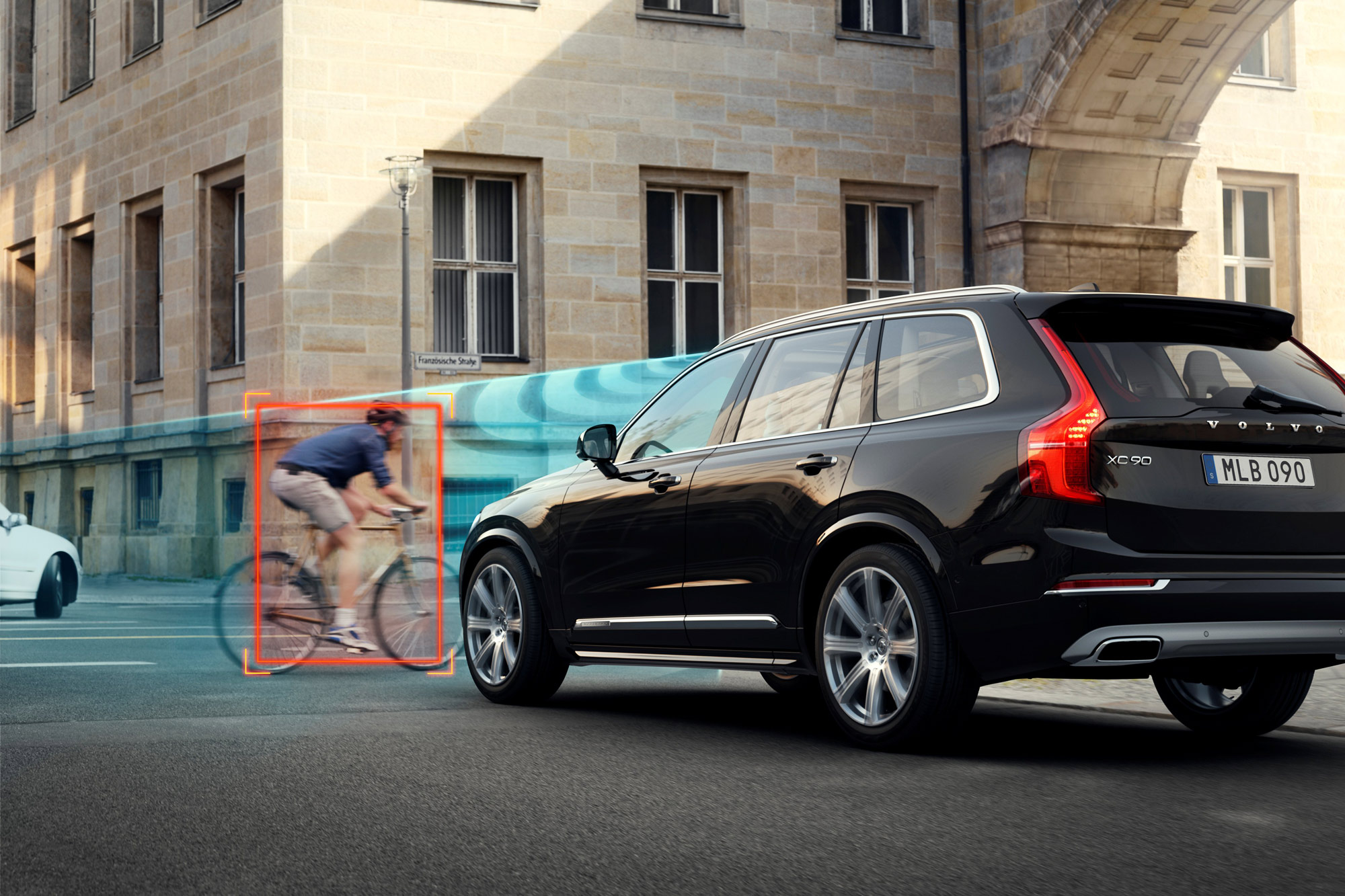The Evolution of Automatic Emergency Braking
It took nearly 50 years for AEB to reach production.
 Volvo
Volvo
By 2029, every new car sold in the United States must be equipped with automatic emergency braking, which is often abbreviated as AEB. Carmakers won't likely struggle to comply with this new regulation: Most new cars, regardless of price or market segment, already have AEB. This technology has been mandatory on new cars sold in Europe since May 2022, yet it traces its roots to the 1950s.
 Cadillac
Cadillac
Automatic Emergency Braking Is Hardly a Recent Invention
Like many automotive innovations, AEB emerged from a technology developed for the military. Radar technology improved significantly during World War II — it was notably used to detect enemy planes — and automakers began looking at ways to integrate it into their cars in peacetime.
American engineer George Rashid patented what he described as an "automatic vehicle control system" in January 1954 and received patent number US2804160A in August 1957. He described an innovative system capable of detecting an imminent collision and either slowing down or stopping a car to avoid or mitigate the severity of the impact. He cited poor visibility, driver distractions, and an increased reaction time due to old age as accident-causing factors. His technology never reached mass production, however.
General Motors experimented with similar technology. The futuristic Cadillac Cyclone concept unveiled in 1959 featured an unusual front-end design with a pair of radars hidden behind missile-like cones. The system warned the driver if it detected an imminent accident, but it didn't slow the car.
 Ford
Ford
AEB Evolved First by Offering Low-Speed Braking
AEB finally reached production in 2003, when Honda announced its Collision Mitigation Brake System technology and made it available on the Inspire, a car exclusively sold in Japan. It took nearly 50 years for AEB to reach the mass market, but Honda's description of the system wasn't all that different from Rashid's. Honda explained that its new system scanned the road to detect a collision, warned the driver if a crash was imminent, and applied the brakes, if necessary.
Companies from all over the automotive spectrum began offering AEB in the 2000s, but many early systems were only active at low speeds. Volvo's technology, launched in 2008 as City Safety, was designed to hit the brakes to avoid a crash at up to 18 mph. High-speed AEB became widely available in the 2010s.
 Volvo
Volvo
Recent Developments Are Designed to Detect More Obstacles
AEB has gained several functions over the past few decades. It can brake for pedestrians, cyclists, and even animals. Volvo went as far as testing a kangaroo-detection system for the Australian market.
The same technology can be applied while backing up. A reverse AEB system detects obstacles such as vehicles, stationary objects, and pedestrians while a car is backing up and is designed to apply the brakes if a collision is imminent.
The technology has come a long way, but it's far from perfect: Tests carried out by the Insurance Institute for Highway Safety, for example, show that most pedestrian detection systems don't perform very well at night.
Autonomy Is the Next Frontier for Automatic Braking
AEB is one of many systems that come together to make a car drive itself. While no fully autonomous cars are available yet, the prototypes that companies such as Amazon and Waymo have been testing nationwide rely on an evolution of AEB to continuously scan their surroundings and react appropriately.
Written by humans.
Edited by humans.
 Ronan Glon
Ronan GlonRonan Glon is an American journalist and automotive historian based in France. He enjoys working on old cars and spending time outdoors seeking out his next project car.
Related articles
View more related articles